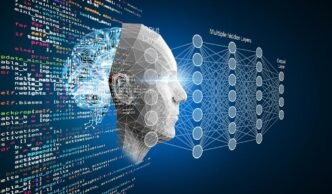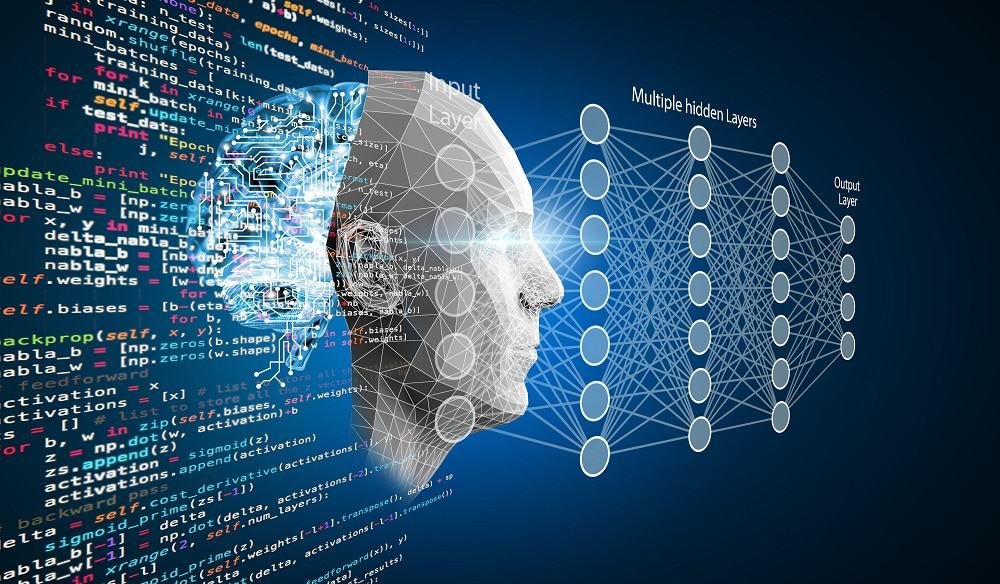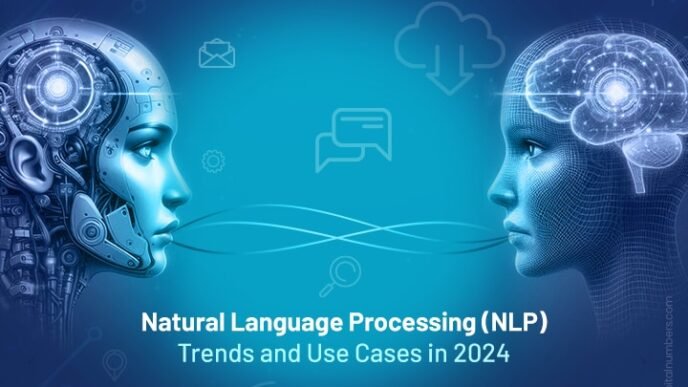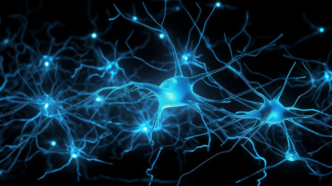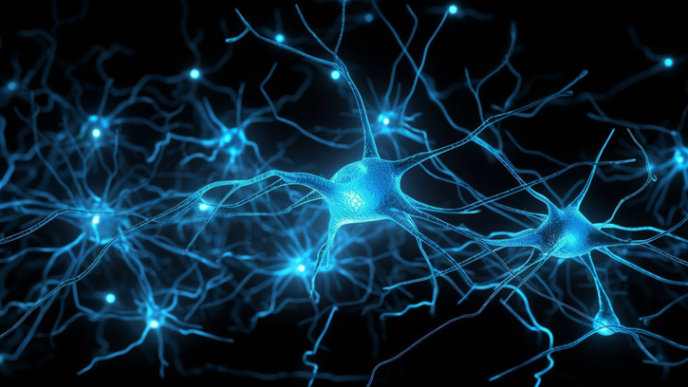In 2024, the field of artificial intelligence (AI) has experienced tremendous growth, with deep learning playing a critical role in many of its most exciting advancements. From powering voice assistants like Siri and Alexa to enabling self-driving cars, deep learning is behind many of the technologies that shape the world today. But what exactly is deep learning, and how does it work? Whether you’re a curious beginner or an AI enthusiast looking to dive deeper, this blog aims to explain deep learning in a way that’s accessible to both laymen and professionals alike.
1. What is Deep Learning? A Simple Definition
Deep learning is a subset of machine learning, which itself is a subset of artificial intelligence. While machine learning refers to computers learning from data, deep learning takes this concept further by using neural networks designed to mimic the human brain. These artificial neural networks have multiple layers, and hence the term “deep” learning comes from the fact that these networks have more than one “layer” of neurons.
At its core, deep learning enables machines to learn complex patterns and relationships in data by breaking down tasks into smaller steps. This ability to process information in layers allows deep learning systems to excel at tasks that are too complex for traditional machine learning algorithms.
Key Characteristics of Deep Learning:
•Multi-layered architecture: Deep learning networks have many hidden layers, allowing them to model complex data with high levels of abstraction.
•Large datasets: Deep learning typically requires large amounts of data to train effectively.
•High computing power: Because of its complex architecture, deep learning often requires more computational resources compared to traditional machine learning methods.
2. How Does Deep Learning Work? Understanding the Basics
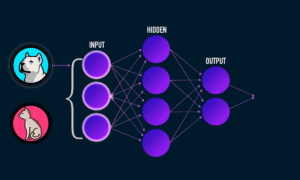
To understand how deep learning works, it’s essential to grasp the concept of neural networks, which are the building blocks of deep learning systems. These networks are inspired by the human brain, where neurons are interconnected and communicate with one another. Similarly, artificial neural networks are made up of nodes (also called neurons), and these nodes are arranged into three main types of layers:
•Input Layer: This is where the data enters the network. Each input node represents one feature or variable from the data.
•Hidden Layers: These are the intermediate layers where the data is transformed. The “deep” in deep learning comes from the fact that there can be many hidden layers, each processing the data more abstractly.
•Output Layer: This is where the network produces the final output, which could be anything from a classification (e.g., identifying an image as a cat or dog) to a regression output (e.g., predicting the price of a house).
How Information Flows Through a Neural Network:
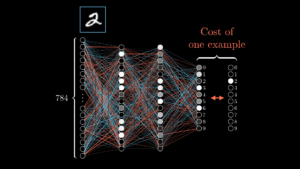
1. Forward Propagation: Data passes from the input layer through the hidden layers and reaches the output layer. At each layer, the nodes perform mathematical operations on the input data.
2. Activation Function: Each node has an activation function that determines whether it should “fire” (i.e., pass on its signal) or not. This process adds non-linearity to the network, enabling it to learn more complex patterns.
3. Backpropagation: Once the network produces an output, it calculates the error or difference between the predicted and actual outcomes. The network then adjusts the weights of the connections between nodes to reduce this error—a process known as backpropagation.
3. Key Technologies in Deep Learning
The success of deep learning has been driven by several key technologies, including:
•Graphics Processing Units (GPUs): Deep learning requires massive computational power, and GPUs are optimized for the parallel processing required to train deep neural networks. In 2024, specialized hardware like Tensor Processing Units (TPUs) developed by Google also helps accelerate the training process.
•Big Data: Deep learning thrives on large datasets. As the world produces more data every day (think of social media posts, images, videos, and sensor data), the availability of these massive datasets has enabled deep learning to perform better than ever before.
•Open-source Frameworks: Frameworks like TensorFlow, PyTorch, and Keras have democratized access to deep learning. These libraries simplify the process of building and training deep neural networks, making deep learning more accessible to both researchers and developers.
4. Applications of Deep Learning in 2024
In 2024, deep learning is everywhere, powering a wide range of applications across multiple industries. Here are some notable examples:
a. Computer Vision
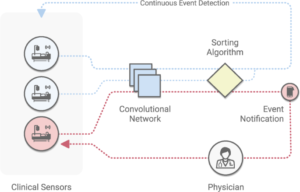
Deep learning has revolutionized the field of computer vision, enabling machines to interpret and understand visual data such as images and videos. Applications include:
•Facial recognition: Used for security systems, social media tagging, and personal device unlocking.
•Medical imaging: AI systems assist doctors by analyzing X-rays, MRIs, and CT scans to detect diseases, such as cancers or fractures, with remarkable accuracy.
•Autonomous vehicles: Self-driving cars use deep learning to interpret their surroundings, identify objects, and make real-time decisions.
b. Natural Language Processing (NLP)
Deep learning has significantly advanced natural language processing, allowing machines to understand and generate human language. Key applications include:
•Chatbots and virtual assistants: Systems like Siri, Alexa, and Google Assistant rely on deep learning to understand and respond to spoken language.
•Machine translation: Deep learning has vastly improved services like Google Translate, allowing for more accurate translations between languages.
•Sentiment analysis: Companies use NLP to analyze customer feedback, social media posts, and reviews to gauge public opinion.
c. Healthcare
In healthcare, deep learning is transforming how doctors diagnose diseases, discover new treatments, and provide patient care:
•Predictive analytics: Deep learning models analyze patient data to predict health outcomes, allowing for earlier interventions.
•Drug discovery: AI models accelerate the drug discovery process by identifying promising compounds faster than traditional methods.
•Wearables: Devices like smartwatches monitor vital signs in real-time, using deep learning algorithms to detect anomalies and alert users to potential health issues.
d. Autonomous Systems
Beyond self-driving cars, deep learning is powering a variety of autonomous systems, including drones, industrial robots, and even smart cities. These systems can operate independently, making real-time decisions based on data from their environment.
5. The Importance of Deep Learning in 2024
Deep learning has become a cornerstone of artificial intelligence, and its impact is only growing. Several factors highlight the importance of deep learning today:
a. Solving Complex Problems
Deep learning excels at tasks where traditional machine learning falls short, particularly in areas involving unstructured data such as images, audio, and text. This capability allows deep learning to tackle problems that were previously unsolvable by machines.
b. Automation and Efficiency
Deep learning is at the heart of automation, allowing businesses to optimize processes, reduce operational costs, and improve efficiency. For example, in manufacturing, robots powered by deep learning can perform intricate tasks with precision and accuracy.
c. Enhancing User Experience
From personalized recommendations on streaming services like Netflix to voice-activated home assistants, deep learning is improving how users interact with technology. It’s making systems more intuitive, responsive, and capable of understanding human needs.
6. Challenges of Deep Learning
Despite its immense potential, deep learning faces several challenges:
a. Data Dependency
Deep learning models require large amounts of data to perform well. However, acquiring and processing this data can be resource-intensive, and in some cases, data may not be readily available.
b. Interpretability
Deep learning models are often referred to as “black boxes” because it’s difficult to understand how they make decisions. This lack of transparency raises concerns in fields like healthcare, where the ability to explain decisions is crucial.
c. Ethical Concerns
The growing use of AI, including deep learning, has led to ethical concerns around issues such as privacy, security, and bias. For example, biased training data can result in discriminatory outcomes in AI systems.
7. Future of Deep Learning
As we move forward, deep learning is expected to continue evolving. Here are some key trends to watch:
•AI democratization: Tools and platforms are making deep learning more accessible to businesses and individuals, allowing even non-experts to build and deploy AI models.
•Explainable AI (XAI): Researchers are working on techniques to make deep learning models more interpretable and transparent, ensuring ethical and fair use of AI.
•Generalized AI: Current deep learning models are specialized for specific tasks, but there is ongoing research into creating general AI systems that can learn and perform a wide range of tasks, similar to human intelligence.
8. Conclusion
In 2024, deep learning is at the forefront of artificial intelligence, driving innovations across numerous fields and industries. From computer vision and NLP to healthcare and autonomous systems, the impact of deep learning on society is undeniable. However, challenges such as data dependency and ethical concerns must be addressed to ensure the responsible development and deployment of deep learning technologies.
Whether you’re a beginner interested in AI or a professional looking to explore deep learning further, this field offers exciting opportunities for innovation and problem-solving. Deep learning is shaping the future, and its potential is just beginning to be realized.
